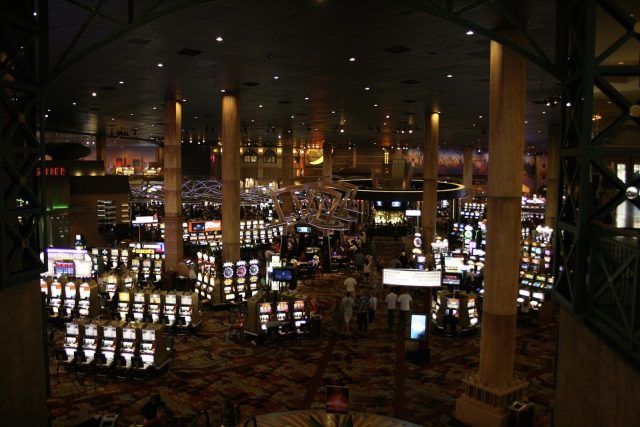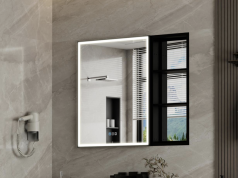
What’s the most delightful part about walking into a casino? Is it the gentle yet powerful aroma of excitement, the intimate settings, or the bright, glittering lights?
Interestingly, none of these appealing factors are accidental. They are part of a series of sneaky tricks casinos use to make your stay longer and spend more. Casinos are carefully designed.
The same can be said for online gambling sites. The only twist is instead of fancy decors, it is the game that draws you in here. Nevertheless, it’s always necessary to gamble responsibly. Numerous free services these days, such as Gamstop, let players have control over their gambling activities. But not everyone is fond of these limits. Fortunately, there are several websites carefully dealing with sportsbook not on gamstop.
Let’s have a look at how the design and layout of casinos are based on human psychology.
The Psychology behind Casino Architecture
When it comes to casino architecture, two men – Bill Friedman and Roger Thomas – can never be missed. While one is famous for his classic casino design, the other one redesigned Las Vegas.
1. What design principles did Bill Friedman come up with?
It’s not unusual to find recovered addicts helping others avoid the same despair. But Bill Friedman chose to work differently. He had a bad gambling addiction and used his experiences to come up with his classic casino design.
Here are 5 design principles Friedman brought in:
· No clocks or windows
Friedman wanted players to lose track of time. With no clocks or windows, players won’t have to worry about the time, how dark it’s getting outside, or any external commitments.
· Maze-like design
Did it take long to find a restroom? It’s the labyrinth design you should blame. Friedman wanted you to get a bit distracted. If the route to something you absolutely need is long and full of tempting gaming opportunities, someone might take your fancy.
· Intimate settings
Friedman believed intimate settings bring players more comfort. He pushed for low ceilings to create a sense of intimacy and make people spend more.
· Gaming machines are everywhere!
Friedman wanted your complete attention on the gaming machines only. He, therefore, pushed for using these machines themselves as the decor.
· Compact rooms and narrow walkways
Packing rooms with gaming machines add a layer of intimacy and prevent players from getting overwhelmed. Keeping walkways narrow has a similar effect.
2. Why did Roger Thomas reject most of Friedman’s rules?
Friedman’s design principles ruled the world of casino architecture for quite a long time. But Roger Thomas, known for ‘redesigning Las Vegas’ threw out most of his rules. He instead focused on uplifting the player’s mood and improving the overall vibe.
He pushed for high ceilings and big, bright open spaces, in complete contrast to Friedman’s windowless compact rooms and low ceilings. And guess what? The relaxed environment Thomas tried to bring in actually worked.
People head to the casino to have some fun and let off steam. European-style furnishings, skylights, and easy-to-navigate spaces improve the vibe and make the overall experience much more enjoyable.












